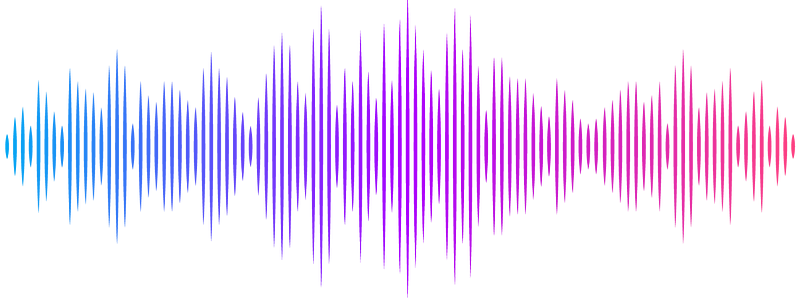Identification of Hub Genes and Functional Annotation of Glaucoma Using Bioinformatic Analysis

Identification of Hub Genes and Functional Annotation of Glaucoma Using Bioinformatic Analysis
Venkataramanan, S.
AbstractGlaucoma is a common eye condition that damages the optic nerve, leading to vision loss and potential blindness if not treated. It affects around 80 million people worldwide and is a major cause of irreversible blindness. This study aims to identify key genes and their functions in glaucoma using bioinformatic analysis. The research follows a five-step approach, including data retrieval, processing, identification of differentially expressed genes (DEGs), protein interaction analysis, functional enrichment analysis, and identification of hub genes. Three GSE datasets (GSE 4316, GSE 53985, and GSE 7144) were selected, resulting in a total of 632 upregulated and 625 downregulated genes. Analysis using the DAVID server revealed significant biological processes related to gene regulation, transcription, and cell adhesion. The protein networks for upregulated and downregulated genes consisted of 581 nodes and 1713 edges, and 575 nodes and 2428 edges, respectively. The Cytohubba plugin identified 10 significant genes for each group. The upregulated genes included PTPRC, INS, SRC, CXCR, FN1, TNF, ACTB, AKT1, ALB, and PECAM1, while the downregulated genes included VEGFA, FN1, TP53, ACTB, AKT1, CCND1, CTNNB1, MYC, CD44, and EGFR. These findings enhance our understanding of glaucoma\'s molecular biology and provide valuable insights for prognosis prediction and the development of treatments and medications.